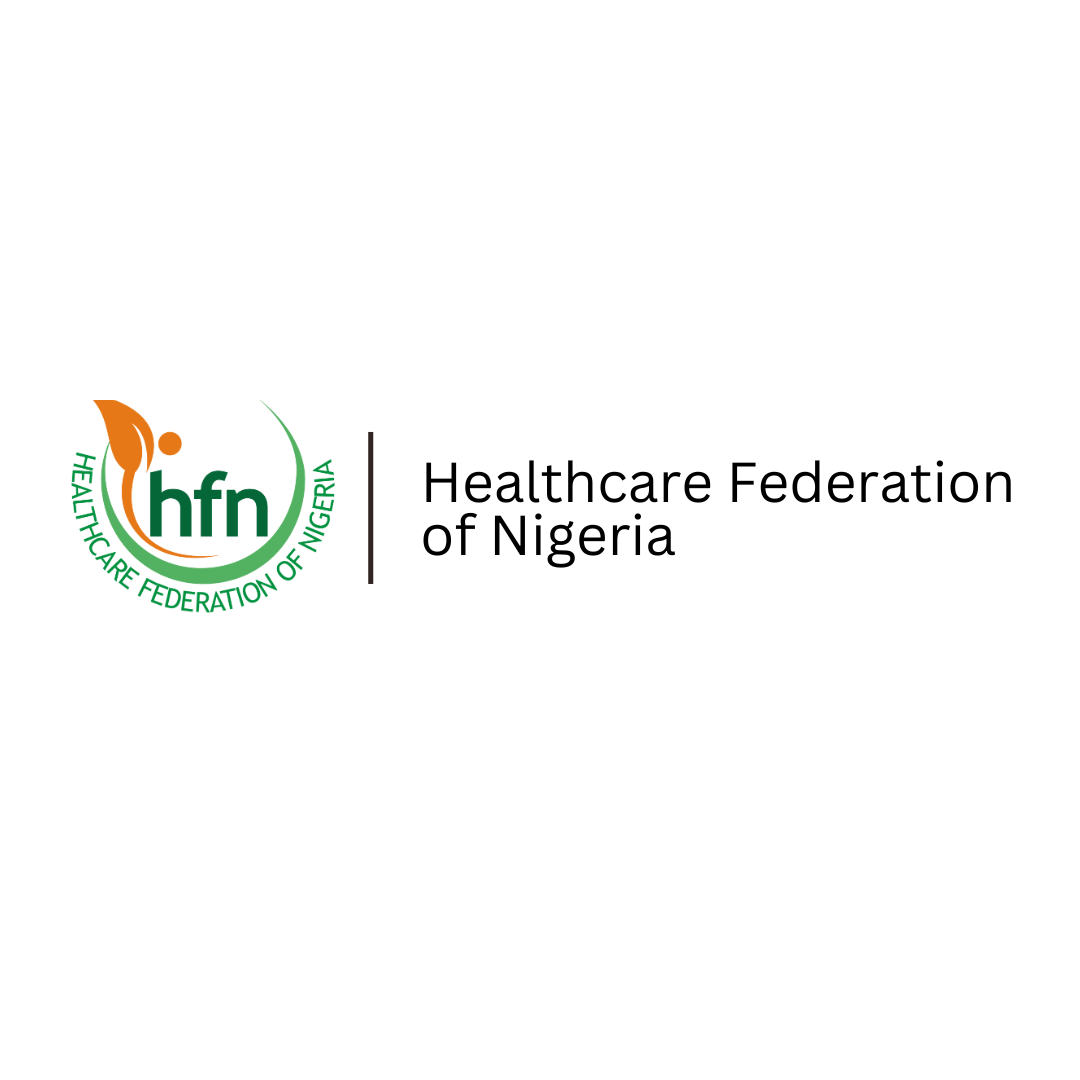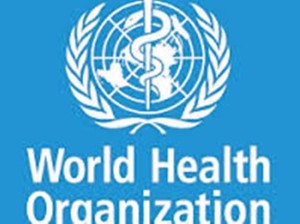The two recent lists focused on cancer and other global health challenges, with an emphasis on effective solutions, smart prioritization and optimal access for patients.
The updated Essential Medicines List adds 28 medicines for adults and 23 for children and specifies new uses for 26 already-listed products deemed essential for addressing key public health needs.
The list is divided into two sections depending on the user and setting: one for community settings, which includes self-testing; and a second one for clinical laboratories, which can be general and specialized facilities.
According to WHO’s Director-General, Tedros Adhanom Ghebreyesus, more than 150 countries around the world depend on the list as a guide to affordable, wholesome medicines.
New medicines and treatments highlighted
The director-general said the new list contains the newest and most advanced cancer drugs, an indication that everyone deserves access to life-saving medicines.
“Around the world, more than 150 countries use WHO’s essential medicines list to guide decisions about which medicines represent the best value for money, based on evidence and health impact.
“The inclusion in this list of some of the newest and most advanced cancer drugs is a strong statement that everyone deserves access to these life-saving medicines, not just those who can afford them,” he said.
Information in WHO’s official website states that while several new cancer treatments have been marketed in recent years, only a few deliver sufficient therapeutic benefits to be considered essential.
“For example, two recently developed immunotherapies (nivolumab and pembrolizumab) have delivered up to 50% survival rates for advanced melanoma, cancer that until recently was incurable,’’ the organization stated.
It said that the Essential Medicines Committee advice on antibiotic use was also strengthened.
“This was done by updating the AWARE categories, which indicate which antibiotics to use for the most common and serious infections to achieve better treatment outcomes and reduce the risk of antimicrobial resistance.
“The committee recommended that three new antibiotics for the treatment of multi-drug resistant infections be added as essential,’’ WHO revealed.
The medicines updated include New oral anticoagulants to prevent stroke as an alternative to warfarin for atrial fibrillation and treatment of deep vein thrombosis; particularly advantageous for low-income countries as, unlike warfarin, they do not require regular monitoring.
Biologics and their respective biosimilars for chronic inflammatory conditions such as rheumatoid arthritis and inflammatory bowel diseases, as well as heat-stable carbetocin for the prevention of postpartum hemorrhage.
According to the organization, this new formulation has similar effects to oxytocin, the current standard therapy, but offers advantages for tropical countries as it does not require refrigeration.
The News Agency of Nigeria (NAN) recalls that the first List of Essential Diagnostics was first published in 2018, concentrating on a limited number of priority diseases – HIV, malaria, tuberculosis, and hepatitis.
This year’s list was, however, expanded to include more non-communicable and communicable diseases.
Source: Premiumtimes

 The World Health Organisation (WHO) has updated global guidance on medicines and diagnostic tests to address health challenges, prioritize highly effective therapeutics, and improve affordable access.
The World Health Organisation (WHO) has updated global guidance on medicines and diagnostic tests to address health challenges, prioritize highly effective therapeutics, and improve affordable access.




